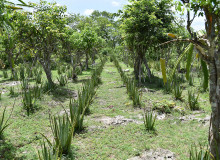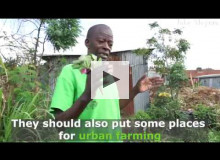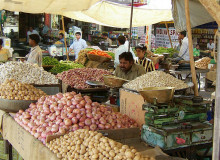Climate
Planet Forward Correspondent | Eckerd College
St. Petersburg, Florida, joined the global call for climate action on Sept. 20. Eckerd College student Melissa Pielet has some thoughts on the practicality of implementing the change we so urgently need.
Planet Forward Correspondent | SUNY-ESF
One week after the climate strike, I sat down with 19-year-old Tamia Parsons, a sophomore at Syracuse University and one of the leaders of the environmental movement in Central New York.
Planet Forward Correspondent | Northeastern University
With the goal of motivating world leaders, young people have drawn universal attention to global warming in ways that decades of scientific progress could not.
George Washington University
Next in our Galápagos series, GW's Henry Becker discusses invasive species eradication programs — both the successes and their pitfalls — and explores the controversial topic of biological control.
George Washington University
In the second story of our Galápagos series, Corinne Tarantino takes a look at why biologists study in the field. Come hear Gianna Haro's motivation to study biology, starting with her childhood in the Galápagos.
Planet Forward Senior Correspondent | University of Wisconsin-Madison
In the first story of our series from our Storyfest 2019 expedition to the Galápagos, Peter Jurich examines an atypical invasive species: Goats. They were brought to the islands in the 1700s, and it took hundreds of years to eradicate them.
Planet Forward Senior Correspondent
DC's Youth Climate Strike on Friday, Sept. 20, showed the power children have in making their voices heard all while continuing to learn outside the classroom and ignite a movement of change for the environment.
Planet Forward Senior Correspondent | American University
Milpa is a type of sustainable farming historically practiced by the Maya in the Yucatán and other parts of Mesoamerica. The milpas, planted with numerous crops for local consumption, are facing challenges from climate change.
Planet Forward Senior Correspondent
Nairobi is growing exponentially. Can urban farming help a city on track to reach 8.5 million people achieve a more food secure future?
Planet Forward Correspondent | University of Mississippi
Mississippi is a contradiction of limited local food access in a state with deep agricultural roots. How can we solve this uniquely American problem, and what can we learn from other countries?

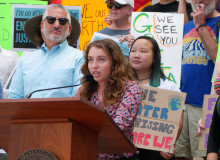
_0.jpg%3Fitok=2JFxtq_R)



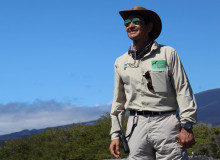
.jpg%3Fitok=crM7muOe)
